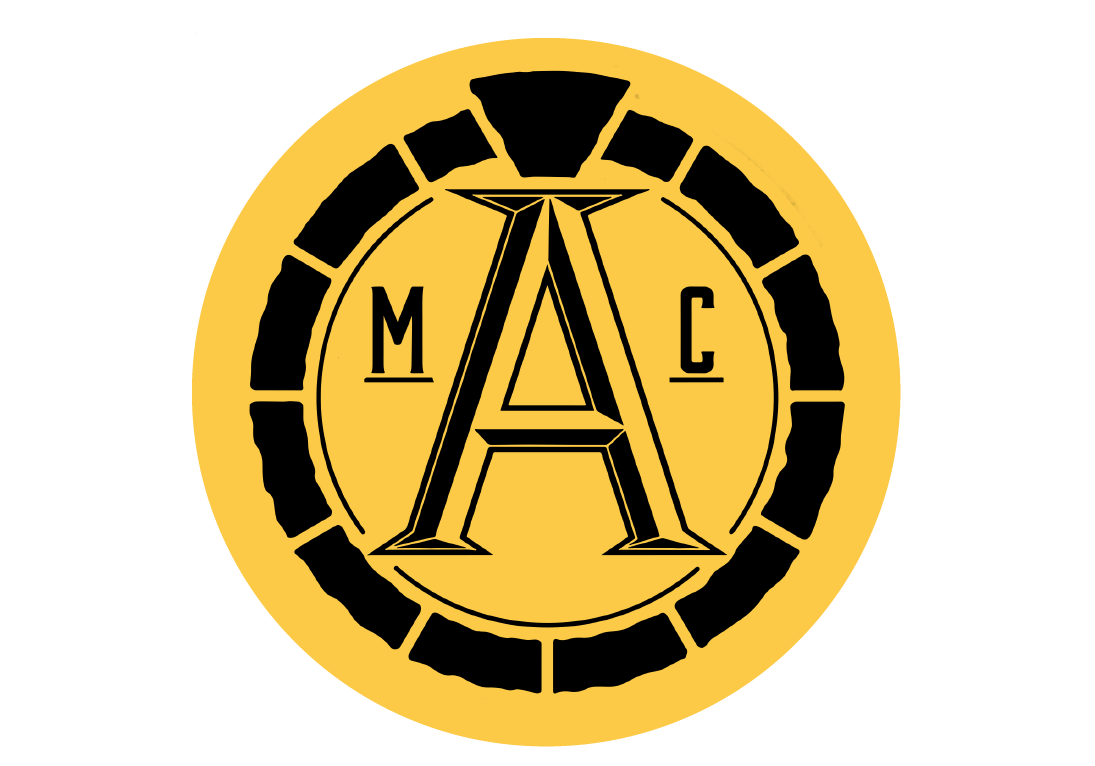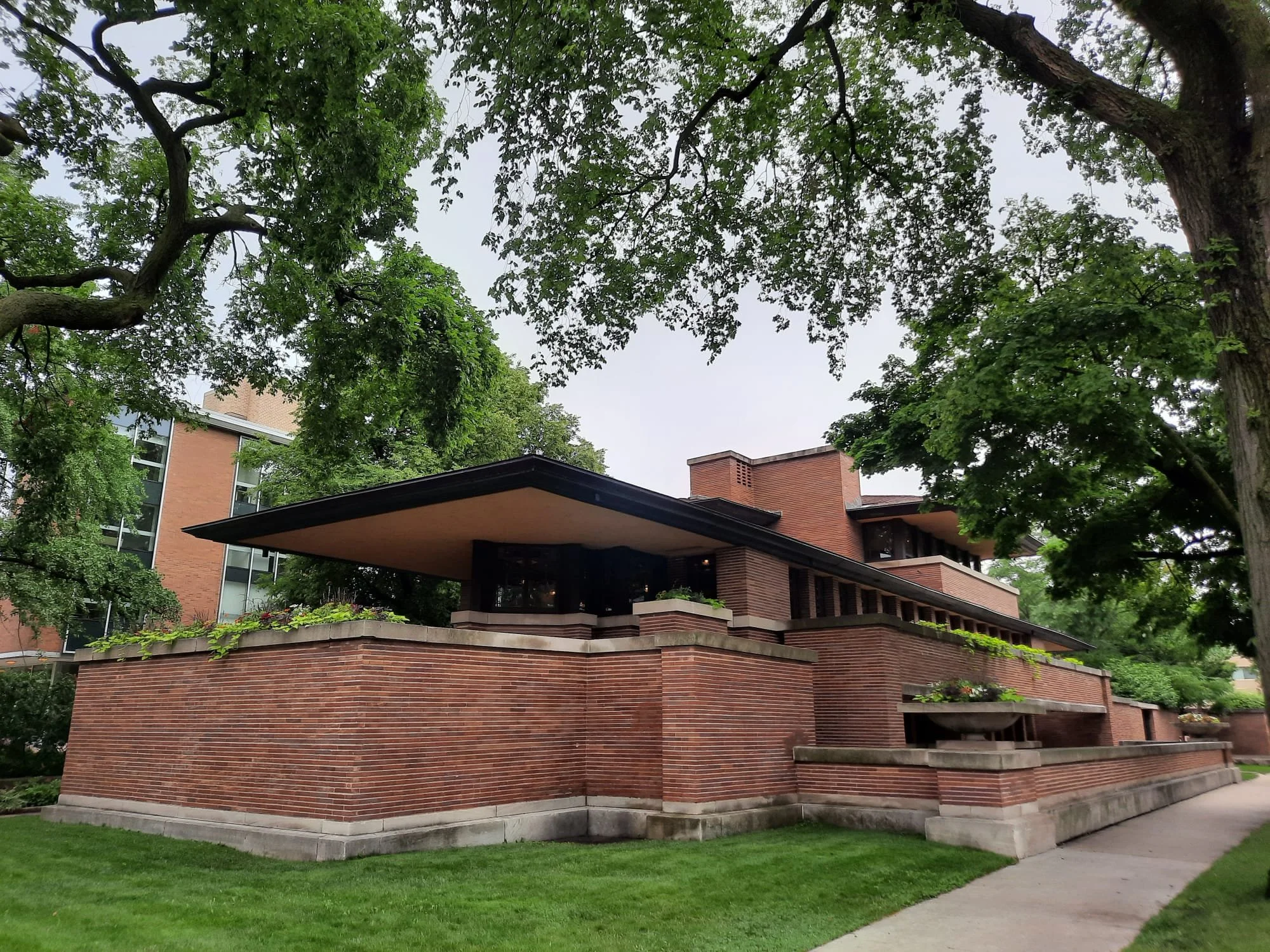Historic Brickwork From Rome to The U.S.A.
Roman Brick Origins & Their Revival in America
Roman bricks—long, flat, and slender—were perfected in ancient Rome, where they were meticulously made and were stamped with something important. Sometimes it’s makers’ details for quality control, but sometimes it’s a form of stamp that acts like a signature for the builders work. Rome's mastery of the brick is emphasized by their creations, such as at the Basilica of Maxentius and the Markets of Trajan. Calder Loth (A retired Architectural Historian and Author) praises their precision and their color durability over the many many centuries that have passed since their construction.
In the late 19th century, American architects resurrected Roman brick style in larger monumental designs—most notably at Carnegie Hall (Constructed 1891). As Calder Loth said:
“Roman brick became fashionable in the late 19ᵗʰ century for the monumental classical works of the classic American Renaissance”
The famous visionary/architect Frank Lloyd Wright would later go on and be famous to embrace this old form of work: the “Robie House” (Constructed in 1909) featured Roman brick and recessed joints to emphasize the horizontal Prairie lines.
European Origins & Techniques
Brick bonding patterns, adapted from Europe, blend structural function and visual appeal together. The bonds use “Headers” A brick laid with it’s short end expose , and “Footers” Here’s each form of bond :
English Bond: A bond involving alternating rows of stretchers and rows of headers with a small brick fragment called a “Queen Closer” to make sure the vertical joints aren’t aligned , a strong and prevalent bond in 18th-century colonial buildings and used in some modern structures such as Bacon’s Castle (Built in 1665)
English and Dutch Cross Bond: A refined bond that requires aligning headers in such a way that along with the footers they create a diagonal step pattern traveling up the wall. (The difference between the Dutch and English bonds is only the size of the brick, the technique is identical.) This technique was actually very recently used in the reconstructed Mary’s City Chapel (Built in 2007)
Flemish Bond: Alternating stretchers and headers within the same course; Much more of a decorative bond. Calder Loth notes interestingly that this bond has no definitive origin and that it’s earliest interpretation is in the “Kew Palace” (Constructed around the 1630s)
Monk Bond: A header alternating per Two stretchers, staggered—rare but elegant.
Header Bond: A bond using all headers alternating with half-bricks, providing compact strength and a unique decorative quality—commonly used in foundations and curved walls. (Common in various homes around Winchester and Hampshire, England)
Stretcher Bond: Simple offset stretcher-only patterns, ideal for veneers and modern load-bearing walls.
American Bond (Liverpool Bond): 5–7 stretcher courses with header rows—dominant in 19th/20th-century U.S. construction.
These bond styles are all well documented in Calder Loth’s Historic Brickwork: A Design Resource, where he discusses and explores their development, function, as well as aesthetic appeal of course, all in great amounts of detail.
Regional Styles & Brick Manufacturing
New England & Mid-Atlantic: English and Flemish bond bricks sourced from local clay, with red and brown tones. Dutch-influenced areas used glazed headers for contrast.
South: Light-hued bricks from river clays supported plantation architecture with raised foundations and arches.
Midwest & West: Industrial-era machine-made bricks, distributed via railroads, popularized American bonds used in schools, factories, and homes.
Early colonial bricks were hand-molded in clamp kilns—leading to rustic, irregular forms. By the 19th century, extrusion technology, and continuous Hoffman kilns enabled uniform, large-scale production.
Mortar Joints & Decorative Detailing
Mortar joints evolved with more innovations alongside brick technology, offering both aesthetic detailing and heightened weather protection:
Wide, lime-based joints: Characterized early colonial work—accommodating uneven bricks.
Concave joints: Tool–pressed, water-resistant, and prevalent from the 19th century onward.
Struck joints: Sloped from top to bottom, yielding shadow lines—common in colonial-era buildings.
Flush joints: Level with the brick face for clean modern profiles.
Raked joints: Recessed, highlighting brick outlines—used in Craftsman and Prairie-style buildings.
Tuckpointing: Tuckpointing is a specialized process used to repair or restore the mortar joints between bricks or stones, enhancing both the appearance and structural integrity of a building. It involves scraping out and removing the old, damaged mortar and replacing it with fresh mortar that matches more aesthetically with the existing brick or stone.
Decorative elements included segmental and round arches, glazed or rubbed bricks, and patterned bonds. Loth’s analysis of the Newport Brick Market highlights alternating pediments—triangular and segmental—arranged rhythmically across, linking colonial public architecture to European classical influence.
Decorative Roman-Style Techniques
Calder Loth’s work and knowledge extend beyond the bricks to examine the classical detailing in old buildings from the American renaissance:
He notes Roman lattice motifs in early 20ᵗʰ-century works like the National Taiwan Museum and National History Museum—echoing ancient patterns from civilizations that are the origins of architecture today.
He highlights alternation in pediment forms—from the brick ruins of Pompeii temples to the brickwork of Colonial Newport—reinforcing the strong visual correspondence between Roman architecture and design during the American renaissance.
Conclusion
Roman brick and traditional bond patterns tell a richly layered story—from ancient Rome to colonial America and Prairie-style modernism. The evolution of bonds, mortar techniques, and decorative flourishes reflects a dialogue between European precedents and American innovation.
By integrating Calder Loth’s insights, this article emphasizes that brickwork is more than structural—it is a legacy of craftsmanship, cultural exchange, and architectural expression. For masons, architects, and preservationists, understanding this history enables informed restoration, adaptive reuse, and new construction that honors this enduring American tradition.
RFeeling Inspired? Want to get some brickwork for your own home?
Let us bring our expertise to your next project. Contact us today here for a free quote*—and see the excellence of brick firsthand when you construct your next project with Alvarez Masonry & Concrete.






